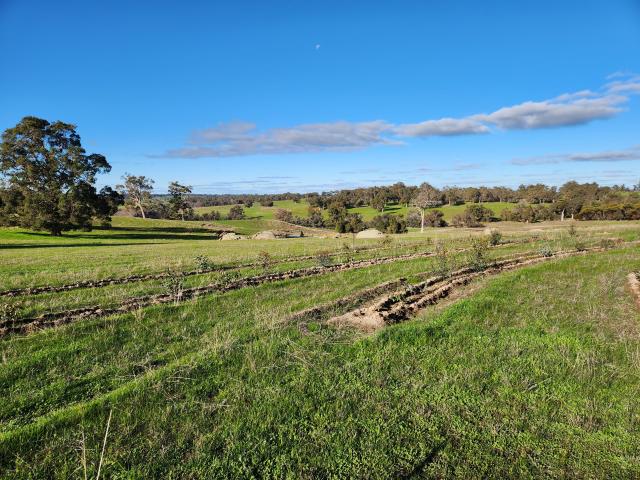Dirty Clean Food – Regenerative Farmer Tree Project
Project Overview:
- Recipient: Wide Open Agriculture
- Location: Boyup Brook, Maya, Buntine, Williams and Kendenup, WA
- Total funding: $174,533
- Project size: 197 hectares
- Estimated ACCUs: 39,567
- Project method: Reforestation by Environmental or Mallee Plantings – FullCAM (Aggregated Project).
This project achieve several co-benefits including improved biodiversity, landscape rehydration, nutrient flow management, improved ecological health and diversity, remanent vegetation linkages, and livestock shade and shelter.
Over the past 5-10 years, the project properties have been used for intensive broad acre cropping and/or livestock grazing. Most of the project areas have had pasture phases during this period, with some areas being long term annual pasture for 10 years.
The aggregator will co-fund the project establishment phase with farmers from its supplier network. In return for the project co-funding, the aggregator will receive a small percentage of the carbon credits ACCU's generated by the project.
Site preparation will include pre-ripping, followed by spraying rip lines with registered non-selective herbicide. Seedling planting will use a Chatfield's "one-pass" planter that scalps, rips, mounds, plants seedlings and press wheels them in.
During establishment operations, the farmers will undertake weed control by using light topsoil scalping to remove competitive annual species from near the establishing woodland species. A “non-selective” herbicide will be considered for use prior to establishment operations. Post-establishment, slashing of plants growing in the "inter-rows" will be used where appropriate. Insect management monitoring will occur in the months following the establishment.

